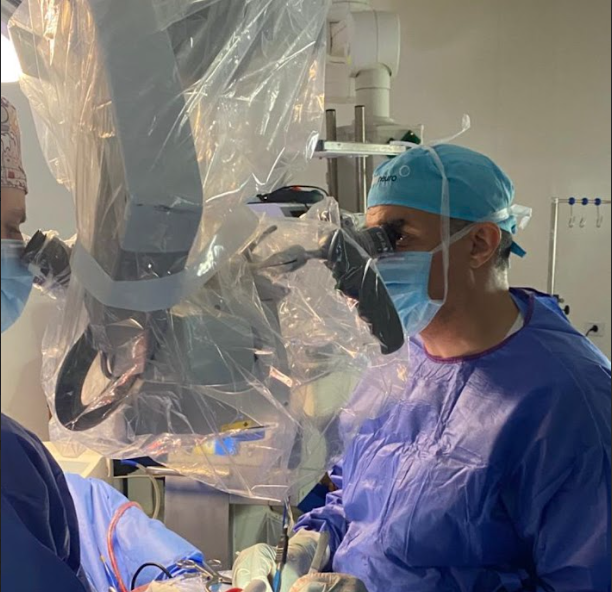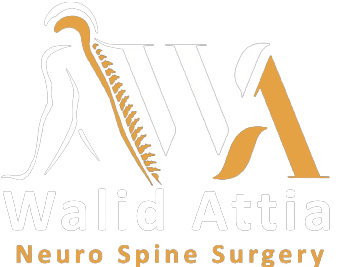Chest

Chest
Thoracic vertebrae
Causes of a herniated thoracic disc
A herniated thoracic disc may occur for several reasons, the most important of which are:
• Muscle weakness.
• Repeated incorrect movements.
• Sitting for long periods without moving.
• Sudden wrong movements.
• The presence of a tumor in the spine.
• Arthritis.
• Injury while exercising.
• Aging also causes a herniated disc, as the gelatinous fluid weakens.
• Lifting heavy weights.
• The tablets erode and dry out from the gelatinous liquid
How is a herniated thoracic disc diagnosed?
To be diagnosed with a herniated thoracic disc, the doctor performs several tests, such as:
• Know your medical history.
• Clinical examination.
• Do blood tests.
• Chest examination is done by performing X-rays, MRIs, and CT scans of the cervical vertebrae to clarify the condition of the cartilage and bones.
When you are diagnosed with a herniated thoracic disc, your doctor may initially advise you to wear medical belts to treat the herniated disc.
It is one of the medical treatment methods for first and second-degree herniated discs. During physical therapy and also after surgical operations, the treating physician advises wearing a back belt.
What are the symptoms of a herniated thoracic disc?
The most common symptoms of thoracic cartilage are:
• The presence of severe pain in the chest area.
• Numbness in the shoulder area.
• Muscle stiffness.
• Weakness in the shoulder and neck muscles.
• Pain around the shoulders.
• Difficulty moving.
• Pain while moving the hand and arms.
• Difficulty sitting, standing, and moving the neck. • Numbness in the extremities and tingling.
• Inability to walk or stand for long periods
Complications of a herniated thoracic disc:
Failure to treat a herniated thoracic disc properly may lead to the condition developing and reaching a late stage of cartilage erosion and severe nerve pain, leading to the need for surgical or arthroscopic intervention.
Nerve damage may also occur if the condition is neglected, so it is preferable to follow up with a doctor regularly and pay attention to the health of the body.
Ways to avoid a herniated thoracic disc
To reduce the possibility of a herniated disc, a person must follow some things in his daily life, such as:
• Practicing sports activities that help maintain the vertebrae, such as swimming, and also exercises to strengthen the muscles of the neck, back, and legs.
• Walk for half an hour at least 4 times a week.
• When carrying heavy objects, the load should be on the leg, leg, and thigh muscles, not the back muscles.
• Do not smoke because it negatively affects the access of nutrients to the disc and thus it may lose its softness.
• Sleep in correct positions and do not make any sudden back movements.
• Do not sit for long periods without moving. You must move every 45 minutes and walk for five minutes before returning to sitting.
• Maintaining ideal body weight
The best way to treat a herniated thoracic disc:
Methods for treating a herniated thoracic disc vary from one person to another depending on the degree of the injury, and the appropriate treatment is determined by the treating physician.
But we have also collected for you the best methods for treating a herniated disc, such as:
• Treatment by changing daily habits.
• Treatment by wearing medical belts.
• Treatment by taking analgesic medications.
• Treatment is through surgical and endoscopic intervention.
• Doing exercises to strengthen the muscles.
• Physical therapy work
Tips for patients with a herniated thoracic disc:
• Quit smoking to ensure that there is no obstacle to delivering the necessary nutrition to the spine. • Avoid standing for long periods or sitting for long periods.
• Women should not wear high-heeled shoes for long periods, continuously or repeatedly.
• Follow a healthy and integrated diet
What is a herniated thoracic disc?
It is the least common, as the disease occurs between the thoracic vertebrae, as it puts pressure on the spinal cord, and its symptoms include pain in the upper back and difficulty in movement. In late cases, the affected person does not control urine and stool.
Some groups benefit most from this modern technology, which is as follows:
• Patients over the age of 50 who suffer from pain at rest and as a result of some light exertion, such as walking a short distance or standing for a short period.
• People suffering from some other diseases such as obesity. Since traditional surgery, a large wound is made, and thus the recovery and rehabilitation period increases, in addition to increasing the chances of some complications such as infection.

